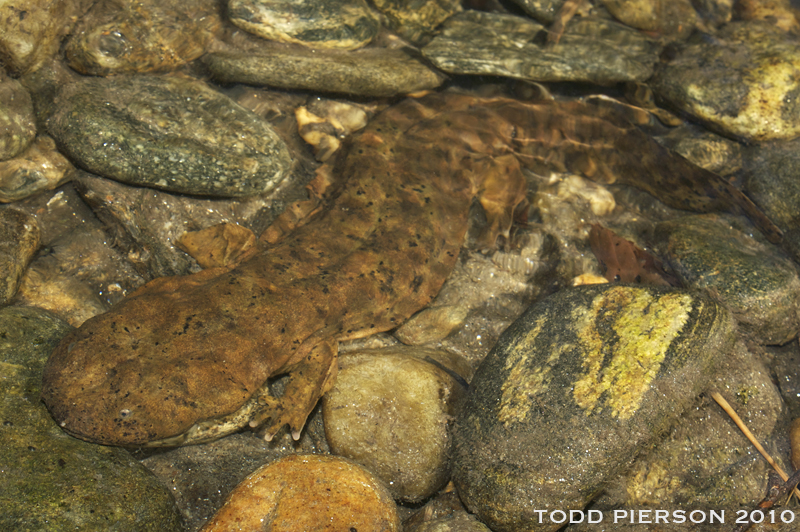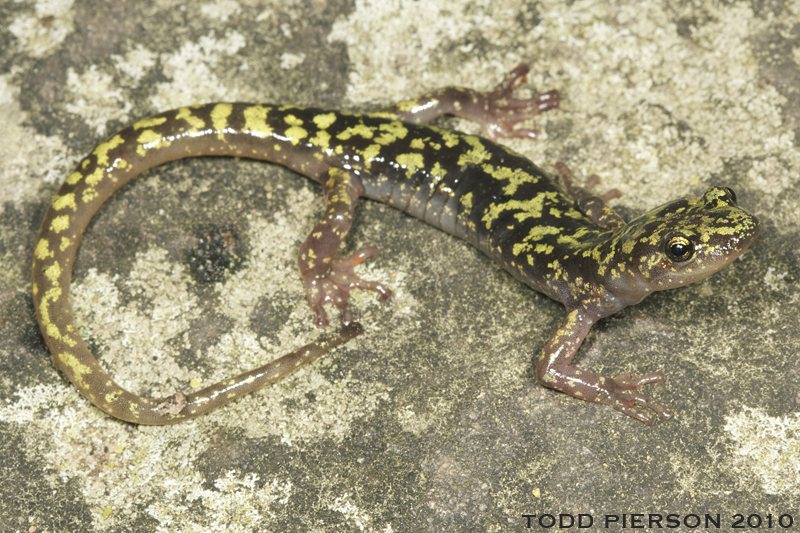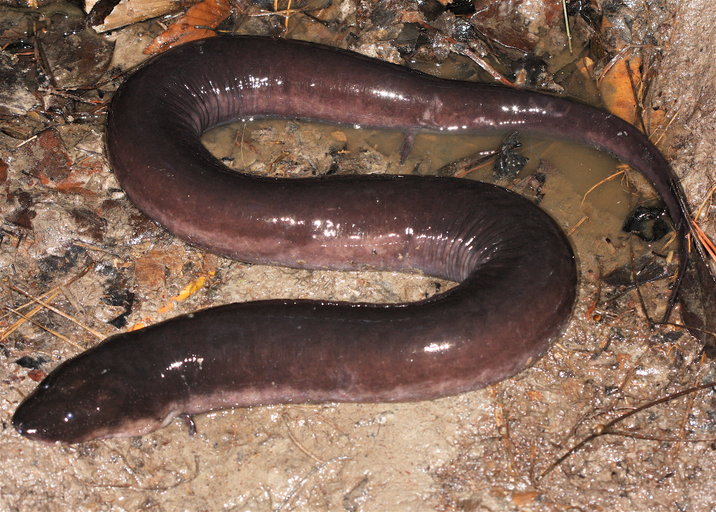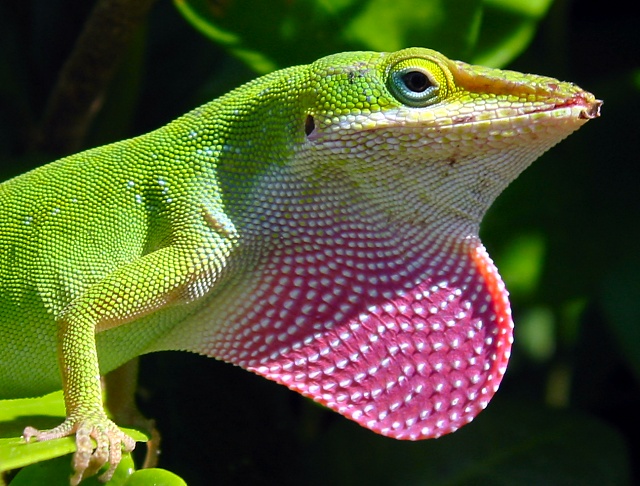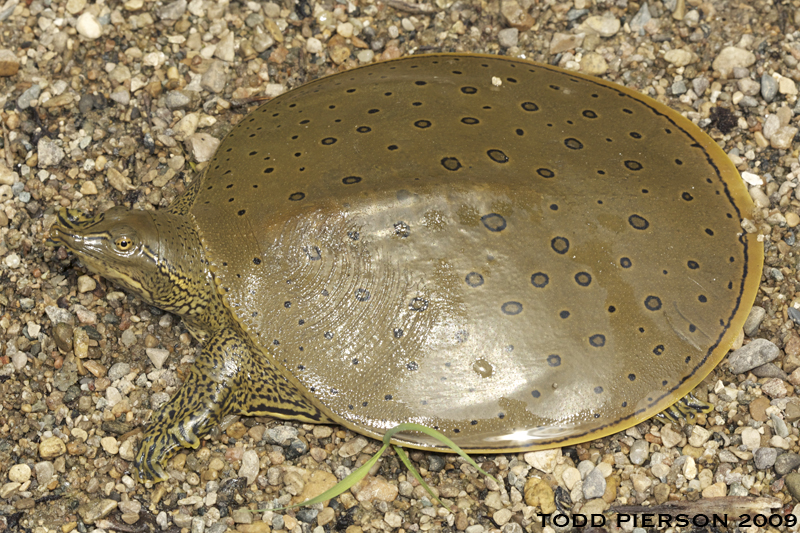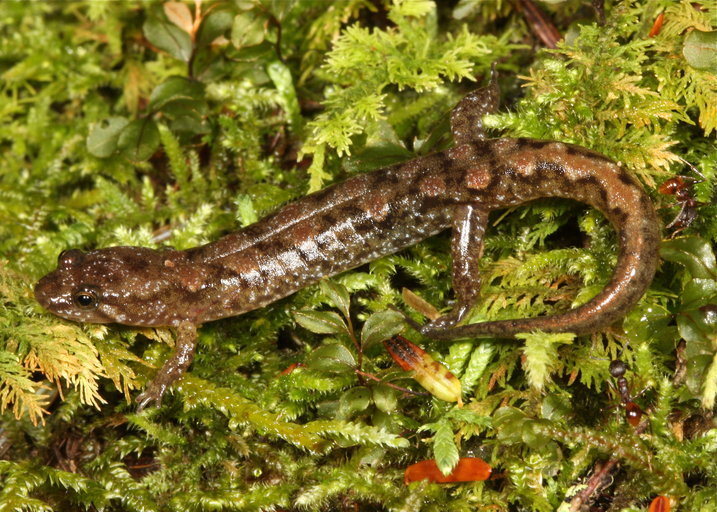
Atlas of Amphibians in Tennessee - Austin Peay State University
AmphibiaWeb - University of California
Tennessee Amphibians & Reptiles - Matthew Niemiller
Caudata Culture
Amphibian Research & Monitoring Initiative - US Geological Survey
Herpetological Education & Research Project - North American Field Herping Association
Encyclopedia of Life
 The Cumberland Dusky Salamander is our first example of really confusing salamander taxonomy. At one time, most of the round-tailed dusky salamanders in Tennessee were considered to be the Mountain Dusky Salamander (Desmognathus ochrophaeus). That species has since been chopped up into five species, all of which occur in Tennessee. The Cumberland Dusky Salamander is one of those five. It's known to live in Morgan, Cumberland, & Rhea counties, with a disjunct population on the west side of the Sequatchie Valley in Grundy County.
The Cumberland Dusky Salamander is our first example of really confusing salamander taxonomy. At one time, most of the round-tailed dusky salamanders in Tennessee were considered to be the Mountain Dusky Salamander (Desmognathus ochrophaeus). That species has since been chopped up into five species, all of which occur in Tennessee. The Cumberland Dusky Salamander is one of those five. It's known to live in Morgan, Cumberland, & Rhea counties, with a disjunct population on the west side of the Sequatchie Valley in Grundy County.There is a population of round-tailed dusky salamanders in Coffee County that's been determined to be a new species. At the moment, based on its range, it would key out as the Cumberland Dusky Salamander, so that's why I'm mentioning it in this post. Unfortunately it hasn't been seen in a couple decades, so it may have actually gone extinct before anyone had a chance to determine exactly what it was.
Photos by Matthew Niemiller
